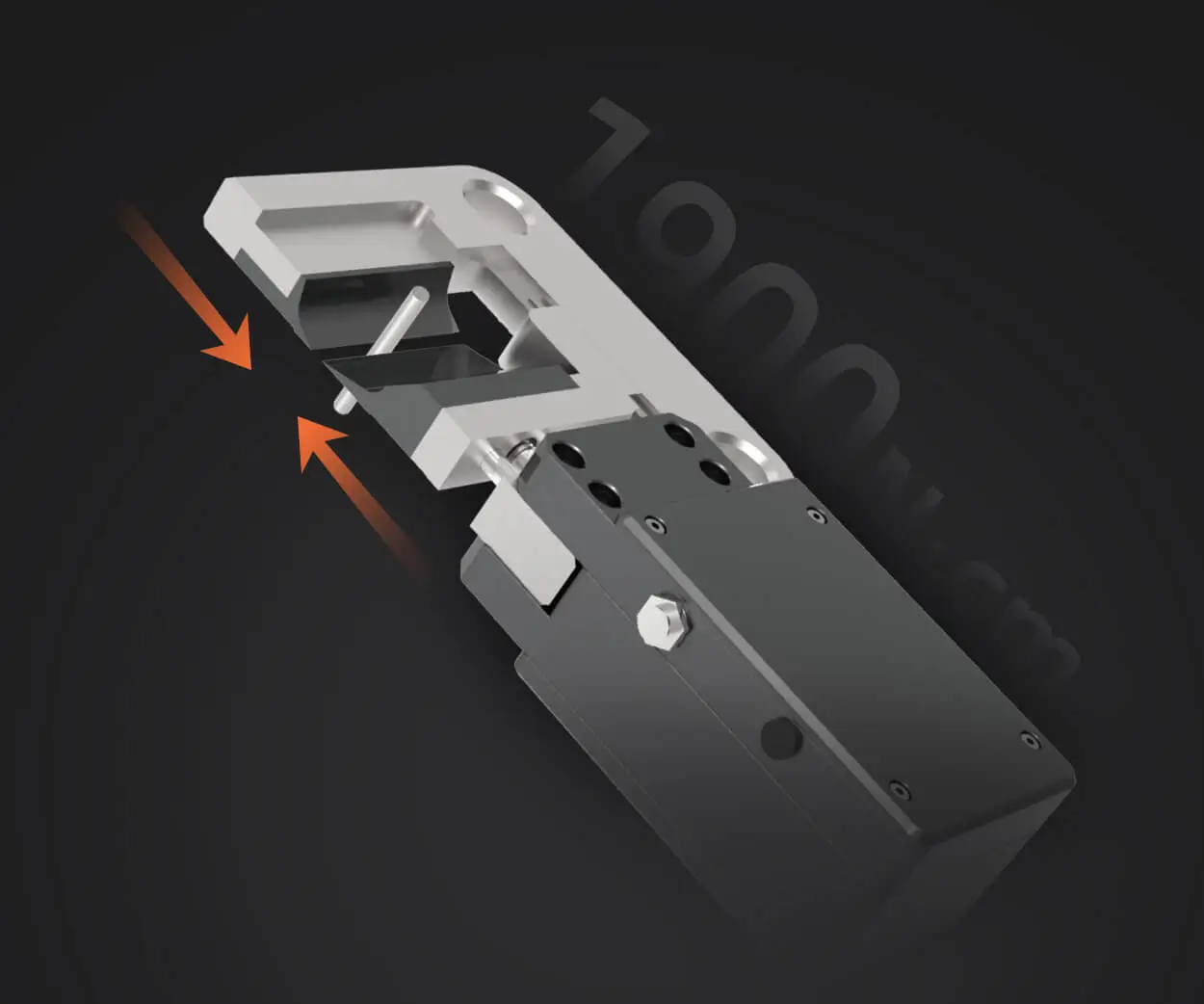Ever wonder what makes those tiny robotic projects hum along smoothly? It’s all about the micro servo motor pinout—think of it as the secret sauce behind the seamless motion. When you peek inside that little package, you'll find a set of pins that serve as the communication bridge, power source, and control signals. Understanding this pinout isn't just a geeky detail; it’s the key to unlocking more precise and reliable servo performance.

You might ask, “What are those pins, anyway?” Usually, there are three main ones: power, ground, and signal. The power pin delivers the voltage needed for the motor—typically 4.8V to 6V for most micro servos. Ground completes the circuit, ensuring everything stays in sync. The signal pin receives PWM signals, which dictate the position or movement of the servo. Knowing which pin does what, especially when you're wiring up a project, saves you a headache or two, trust me.
Here's a little behind-the-scenes tip: many micro servo pins are arranged in a standard yet sometimes reversed order, depending on the brand or model. For KPOWER servos, the standard might be black or brown for ground, red for power, and yellow or white for signal. But double-checks are always good; no two brands are exactly alike. Getting the pinout wrong can lead to poor performance or even damage—not something anyone wants to deal with.
In practical terms, pinout knowledge becomes a game-changer when you're doing custom builds, whether it’s a DIY robot arm, drone craft, or an automated camera slider. Thinking about integration, sometimes you'll use a microcontroller to send the PWM signals, and knowing which pin to connect simplifies the process. Plus, it allows for quick troubleshooting if your motor isn’t moving as it should. Imagine your project just keeps stuttering—most of the time, it’s a wiring mistake, and pinout clarity can save the day.
Ever wondered how to identify pinouts if the documentation is missing? Sounds tricky, but it’s doable. Use a multimeter to check continuity from the pins to the motor’s internal components. Or, if possible, examine the datasheet—many manufacturers publish detailed layouts. Be cautious, though—power and signal pins shouldn’t be mixed up, lest you fry the circuit.
In a nutshell, understanding the micro servo motor pinout isn’t just about making connections; it’s about gaining control. Knowing the layout helps you fine-tune movements, ensure longevity, and even troubleshoot faster. Once you get familiar with the pin configuration, your projects become more predictable and your hands-on experience more rewarding. That tiny servo just got a lot friendlier, right?
Leveraging innovations in modular drive technology, Kpower integrates high-performance motors, precision reducers, and multi-protocol control systems to provide efficient and customized smart drive system solutions.




































